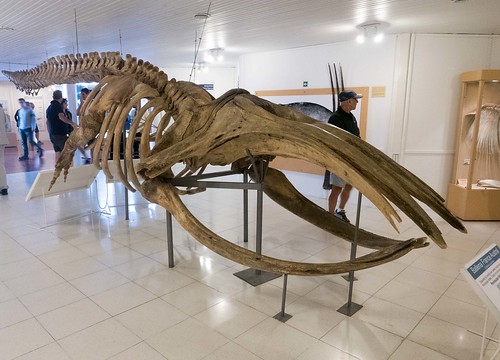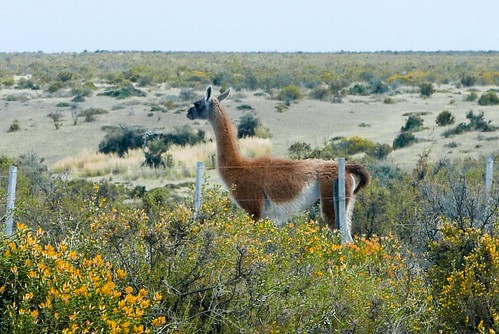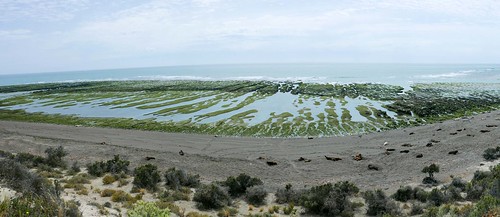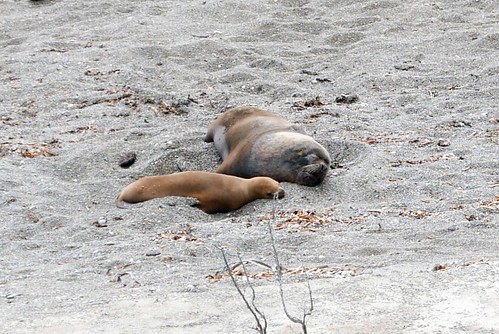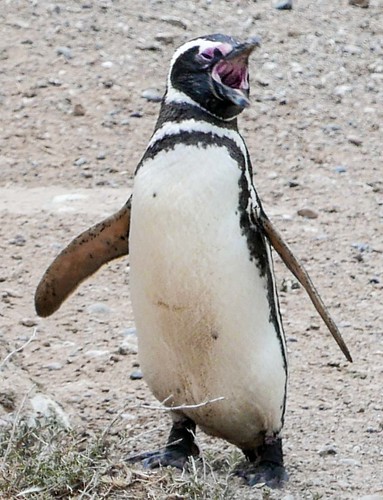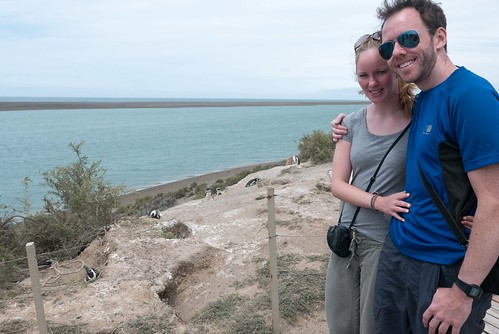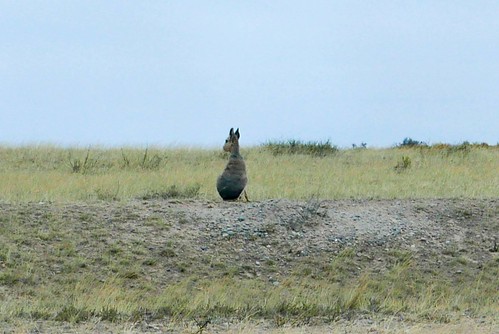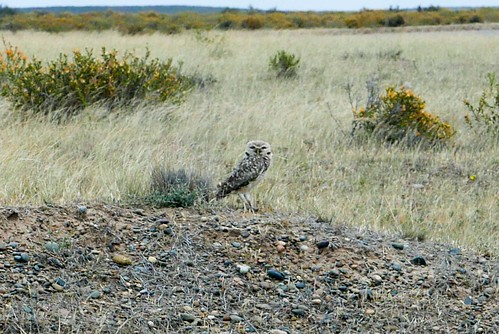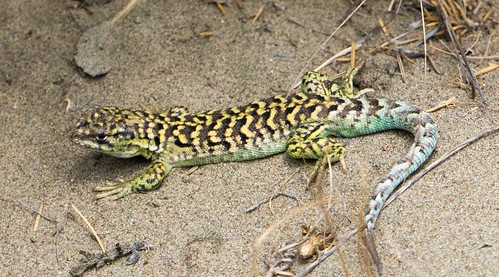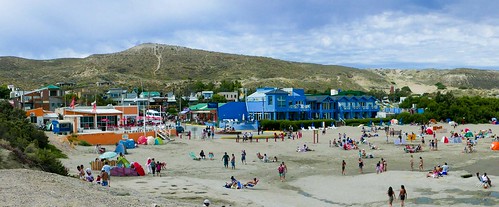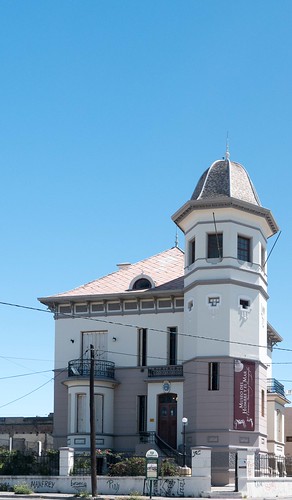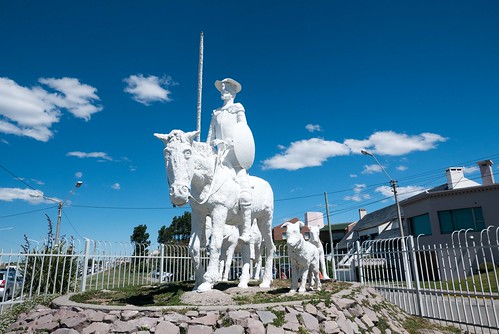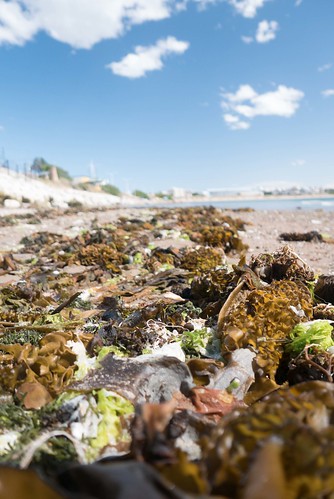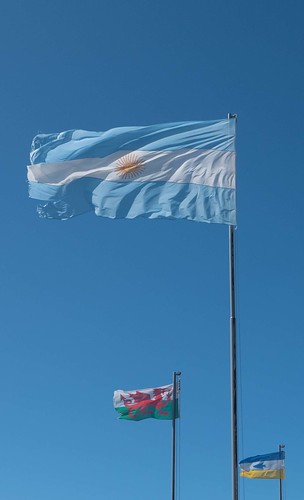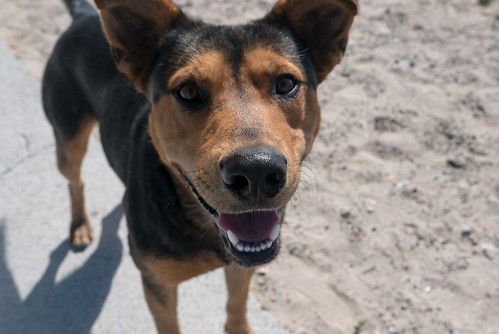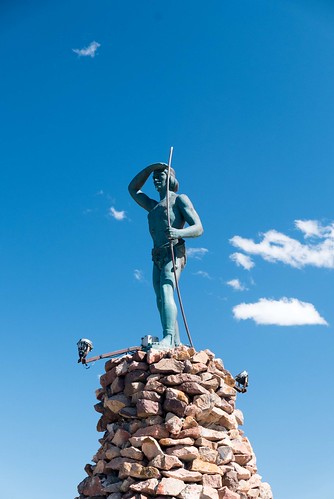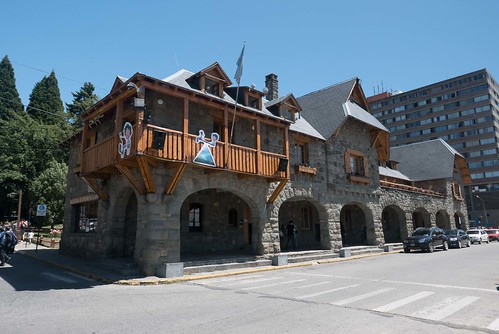
Hostelería Portofino is run by a Canadian called Brian who also owns a small winery in Mendoza. He was really helpful in giving us information about good places to eat and drink, and a map of the area. In truth though, considering it's technically a city, Bariloche is pretty compact. There is a twenty-to-thirty block by six block area which contains almost everything you could want: restaurants, accommodation, and lots and lots of chocolate shops. Chocolate is a huge draw for the area, as Bariloche is effectively the Switzerland of South America, right down to the winter skiing, hikes and elaborate log cabins. As it is summer here there's no snow to be seen, but there are plenty of walks to do. There are two offices dedicated specifically to this in the centre as well, providing maps, bus numbers and hours and recommendations. After a salad and smoothie at Panini and a choripan (hotdog) at a nearby food stall, we got details of a couple of day hikes we could do over our stay since we weren't equipped for camping.


As well as chocolate, Bariloche is home to a plethora of artisan cervecerias. Every other resto-bar claims to serve craft beer, so Brian pointed us to his favourite: Berlina. Like most of the bars it had a half price happy hour from 6pm to 8pm, and we got a couple of pints for 30 pesos a pop (£1.50) along with a massive basket of monkey nuts which are very satisfying to open. A few games of cards saw us through to 8:30, where we'd booked a table at the extraordinarily popular Alto El Fuego. The place was heaving, but when our 17oz rib eye steak arrived, we understood why. We'd eaten plenty of steak in Argentina and it had mostly been good, but none of it had truly blown us away. This place was something else though, and along with the salad, chips and half bottle of Malbec, we were truly stuffed. We shared the steak. I can't imagine eating a whole one as we'd end up doing what the American couple next to us did: ordering pretty much everything on the menu then leaving most of it.

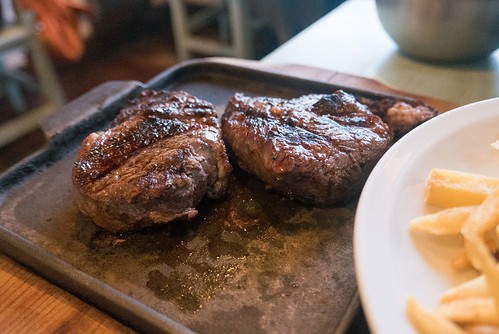
The next morning we got up to a croissant and a cup of tea before walking ten blocks to a different hostel (Govinda) we'd found online, as Brian didn't have any more availability. Our new double room was nice enough, and after picking a day bag and making lunch, we took the 20 bus from town to the base of Cerro Campanario (bus 20 and 22 go there regularly). This is one of many hills in Bariloche where a chairlift runs, but we'd decided to walk up it instead. The path was quite steep in places but otherwise easy, and we got to the top in half an hour. The views over the area alone are worth the trip. We caught the chair lift back down, letting us take in the fantastic scenery. If you only go one way, down would be preferable otherwise you'll just be staring at the side of the hill. After lunch we took the 20 bus again, this time to Llao Llao (pronounced sh-OW sh-OW). This was a longer and more tiring trek which took us almost 3km up the hill. Again though, completely worth it.
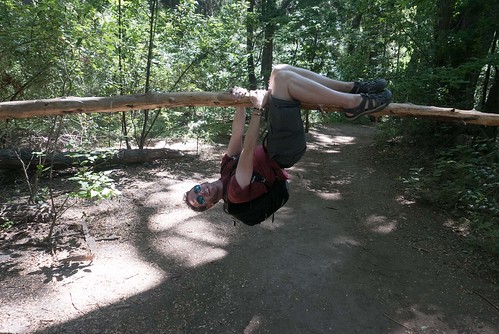

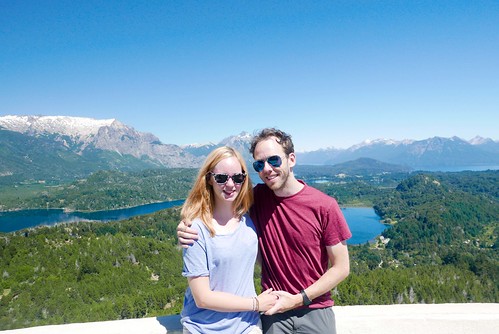
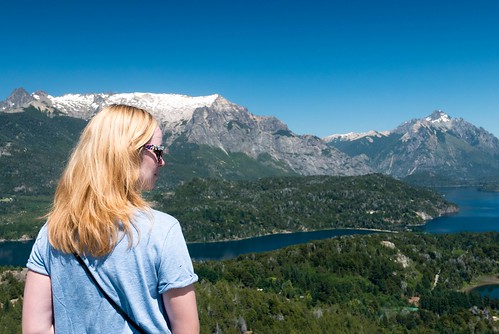
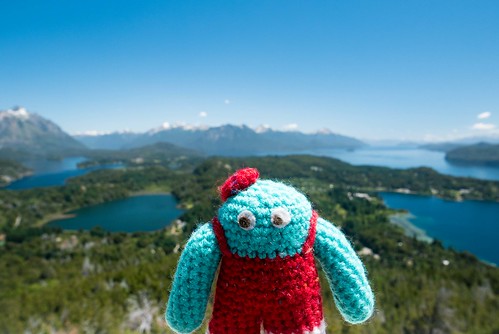
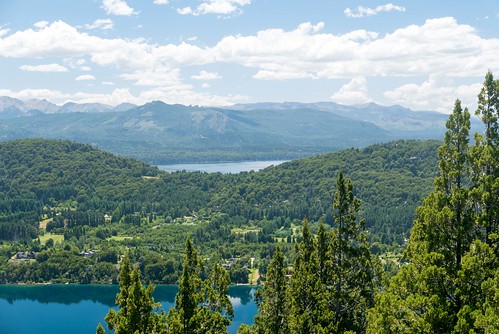


After coming back down, we took a circular route along part of Circuito Chico, up a gravel road and back onto the main road where we walked back to the place the bus had dropped us. The whole trek took just over three hours, and we were covered in dust and dirt. One hot shower later, and we were ready for happy hour again. This time we chose Wesley pub, next to Alto El Fuego for a couple of IPAs and golden ales (and monkey nuts, natch). The beer was slightly better than Berlina, the nuts were worse. Clearly, further research into other pubs is required. We tried and failed to get a table at Manush, so instead walked a bit further down to Antares. A serendipitous find, since the burger I ate there was outstanding - the best I've had on the trip so far, and in my top five overall. A bottle of wine may have been overkill but we did it anyway, then went down to a beach hostel to find a French girl we'd been speaking to on Couchsurfing. She couldn't host us but had invited us out for a social with some other CSers from Germany, England and Buenos Aires. Oddly though, after we all introduced ourselves she left to go to a salsa class. We were both feeling a little the worse for wear, and after some polite conversation with a couple of people, decided to call it a night. Needless to say we were feeling a little woozy the next morning, but a cup of tea sorted us out enough to get to the bus station. We bought our first 'full cama' tickets to Mendoza for Sunday hopefully guaranteeing us a good night's sleep on the 18 hour journey...) then bought two day return tickets to El Bolsón for 11am. A lack of planning meant that the return bus back we wanted was sold out, so had to pick a later one which got back at about 10:30pm. Fran and her parents were arriving in the afternoon so it meant we were unlikely to see them, but they were staying for a few days so we'd have plenty of time to catch up.
El Bolsón is a small town created by hippies in the seventies, and still remains a popular destination for backpackers and hikers. Every hippy stereotype you can think of can be found here: dreadlocked rastas, barefoot arty types selling dreamcatchers, the scents of incense and weed drifting on the breeze to the sound of Pink Floyd, and more tie dye than is feasibly wearable by one community. On Tuesdays, Thursdays and Saturdays there's a market which runs until the late afternoon - we arrived at around 1:30 so headed straight there for a look around. It was surprisingly good, far better than the flea market it had been described as in online guides. After circling the stalls in an hour at a leisurely pace while sipping a draught Cray beer, we wanted over to the nearby Jauja heladería for some cooling gelato whilst a series of rotating bands played sets outside. It was almost twice the price of the Grido chain stuff we'd had before, but the difference was immense. A quarter kilo of tiramisu, chocolate brownie and raspberry in sheep milk ice cream, all delicious. For "proper" food, we walked back to the market and picked up a couple of veal kebab wraps from Che Shawarma and a fruit smoothie. It was crazy hot, well over 30 degrees, and doing too much walking wouldn't have been a good idea, so we strolled over to a couple of nearby plazas (read: bits of green with either a small monument or a playground), then tracked down a cake shop for afternoon tea. Le Cafe de las Flores is basically someone's back yard converted into a cutesy tea room, but the strawberry mousse tart I had was fantastic, and Gilly's lemon cheesecake just as nice.
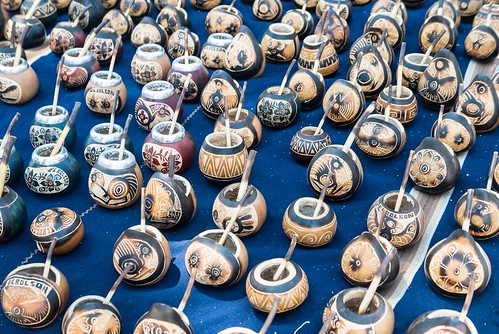
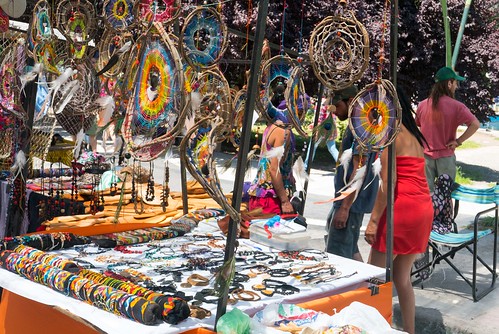
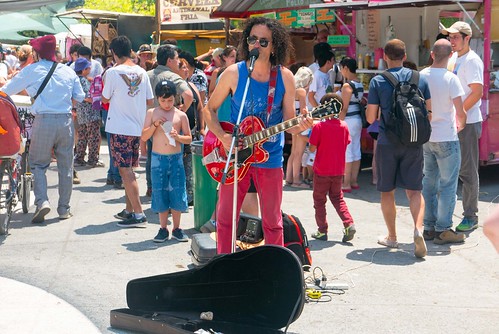
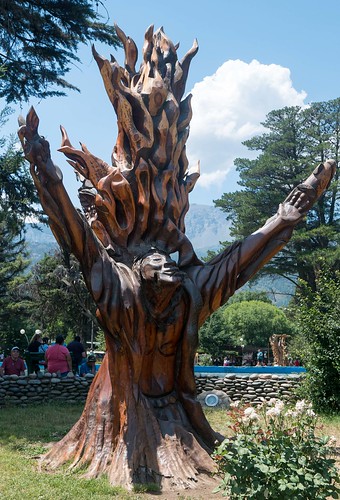

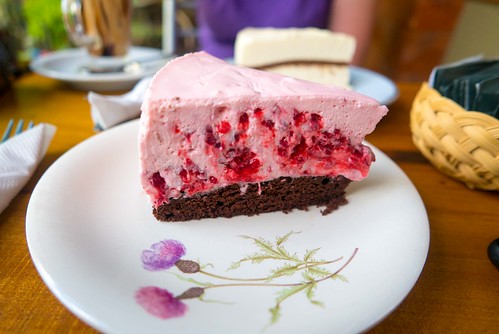
All told, we probably consumed enough sugar in four hours to make a dietician faint but the hit was definitely needed. The town was a pleasant surprise, banishing any fears of it being another Iruya disappointment, but I think that if you didn't come on a market day you'd definitely miss out on much of the vibe of the place. For a day trip in that respect it's definitely recommended - for those with more time there are plenty of hostels around too, so it could be worth staying for a few days to soak up the chilled atmosphere. Our 8:15 return bus turned up at 9pm (no explanation needed, Argentina time), meaning we didn't get back to the hostel until 11:00pm but luckily the bus was going through town on the way to the terminal so we were able to hop off one block away from our hostel. We'd been deciding which trek to do the next day - it was a choice between Cerro Catedral and Cerro Lopez. The former was much longer, over 24km, while the latter was easier and shorter but more touristy. It was also allegedly the nicest mountain in the area, and Fran and her mum were going up the next day so we arranged to try and meet up along the way. It meant getting up at 6:15am so we were really feeling the strain of several long days the following morning.
We trundled down to the bus stop to get a bus to a crossroads a good 18km down the road, and then waited for a number 10 bus to take us the rest of the way to the start of Cerro Lopez. An hour came and went, and we were starting to wonder if it was ever going to turn up (and regretting not spending more time in bed). Finally it arrived, and we realised we could have got the same bus from the centre directly to the entrance rather than break up the journey and lose sleep unnecessarily. You live and learn. The trek itself was very steep to begin with, and there are are quite a few parts where scrambling is needed. We soon hit Roca Negra (Black Rock) and the mid-point refuge there, which is basically a café-cum-bar serving breakfast but we'd already eaten and were keen to plod on. After that, the paths divided into a "quick" route and a longer "easier" route. We decided to go hardcore and pelt it up the rapido route. Disconcertingly, our final destination was Refugio Lopez, a bright pink building which was visible from miles away...on top of a massive hill, which didn't look like it was getting any closer no matter how much we walked.

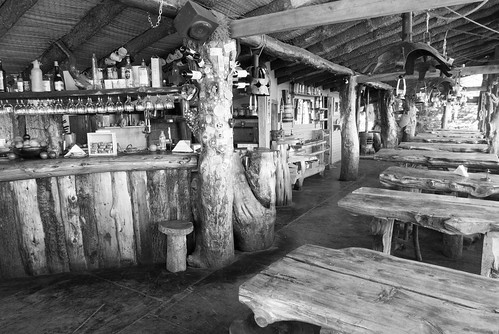


Eventually we reached what I thought were white rocks on the trail, but which turned out to be snow. Huge chunks of snow and ice. Given the heat, I can't believe it hadn't all melted, but it certainly explained the streams we passed. Since we didn't get to go to the Moreno glacier, we satisfied ourselves with having a snowball fight here instead. Not long after, we got to a fantastic lookout over the valley which I attempted to hurl myself off, and then it was plain sailing around the mountain to get to Refugio Lopez. It was big and pink. And unlike what I was expecting from a refuge (namely, a wooden shack with the bare minimum of shelter and supplies), this one not only served pizza, but also artisan beer. Yes - you can get a craft beer up the side of a mountain. I don't even want to think how they achieved that, given that the only means of transport that can traverse the route is a motorbike, and potentially a quad bike for some of the way. It made me wish we hadn't brought a packed lunch, but part of me thinks that beer at that altitude was probably not the best idea. Oh, and there was also an infinity pool, just for giggles. Astounding.
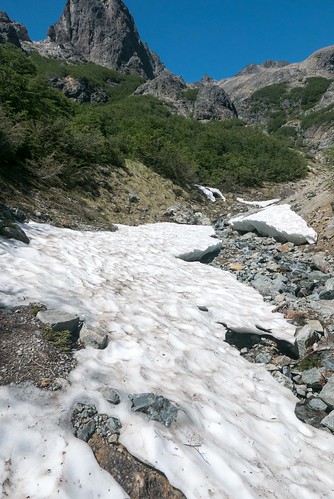
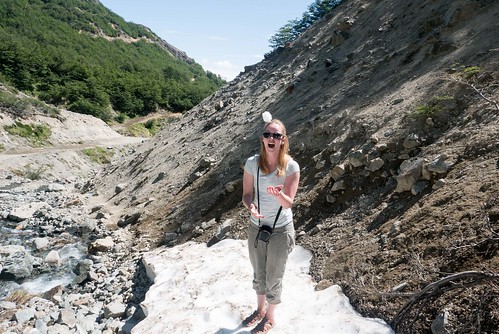
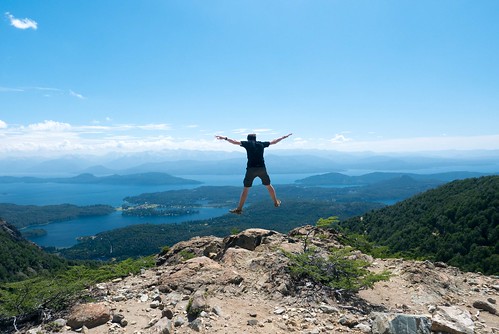
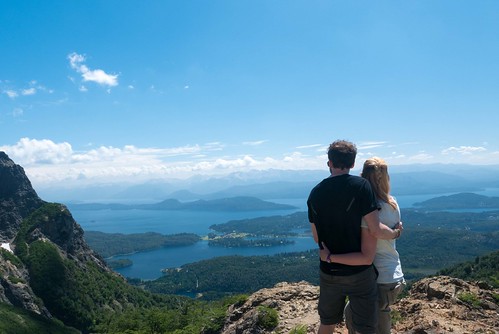

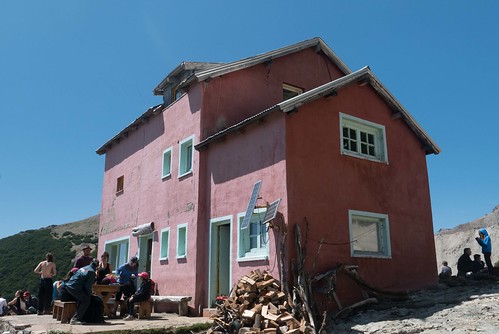
Twenty minutes after we arrived, we spotted Fran and her mum trekking up the mountain behind us, cue much waving and joy, especially from Milt. We rested up for a good half hour whilst the ladies did lunch, before making our way back down to meet Fran's dad. Val and Steve were amazing people, really friendly and welcoming as was to be expected given they were Fran's folks.

It took us a third of the time to get back down the mountain, and we were in luck at the bottom as a bus pulled up five minutes later to take us back to town. Team Fran were staying in a swanky apartment in town, so we got cleaned up in our slightly grubbier hostel room and made our way back to town for some super food and beer at Manush, where Val taught us both how to play Monopoly Deal. It's a great card game, which even people who hate Monopoly - like Gilly - can enjoy. Three beers in we capped the night off with some more cards and a bottle of Torrontes at Nuestro Terrano before calling it an evening.
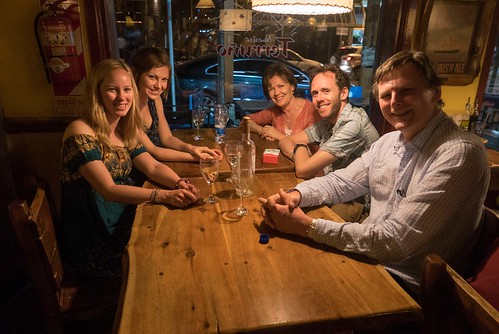
Life admin was on the cards the next day, including laundry (which I almost cocked up when I agreed to pick it up the following Monday...when we would be in Mendoza), getting a sewing kit to help sort out some of our deteriorating threads, and having a value lunch of chicken (me) and a very odd lasagne (Gilly) at Cazuela. Then it was time to go chocolate tasting around the town. There are dozens of places, and almost all of them will give you a free sample when you go in. Feasibly, you could spend the day cramming yourself silly on freebies, but we did the honourable thing and bought a selection of organic chocs from Delicios de la Patagonia. We'd planned to meet up with the Naylors again that evening after they finished their meal at Alto El Fuego on our recommendation, whilst we stuffed a huge sharing plate from La Picara into our faces and drowned it with wine. However, their excursion that day had tired them out, so we trotted over to Ruta 40 on our own for happy hour beer with a superb guitarist sat outside, and watched the night go by.
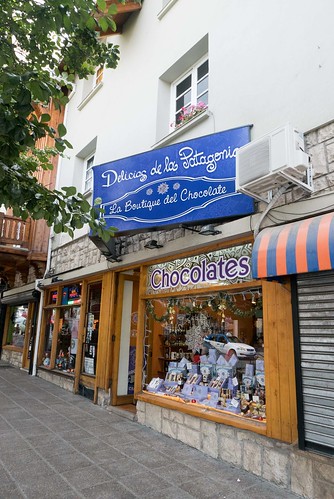

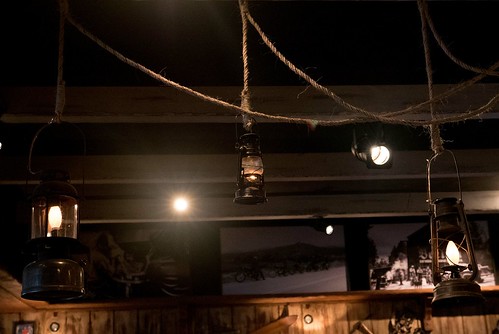
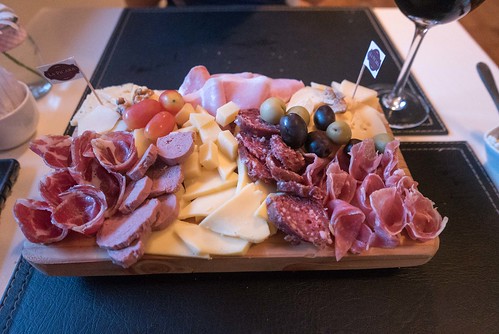
On our last morning in Bariloche we endeavoured to meet up with the family again at a nearby beach. It was rocky not sandy, and not really my kind of beach at all - although after the likes of Whitehaven I admit to being unnecessarily picky about the type of sand I plant my arse on these days. A public transport malfunction meant that the gang didn't actually arrive until we were waiting at the bus stop to come back - they pulled up in a taxi, so we just had time to say a quick goodbye before we had to dash off back to the hostel.
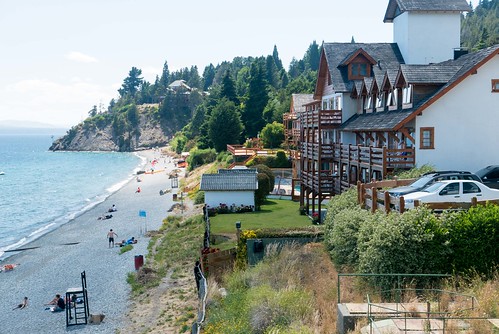

We were booked onto a 18-hour bus to Mendoza, the wine capital of Argentina, and we were promised wine en route so I was pretty excited, especially given we had a full cama bus which meant we could - shock! - lie down fully and potentially get a full night's sleep. Excitement soon faded to disappointment when the wine failed to materialise. Even the food failed to live up to the standard of our previous bus, offering up yet more variations on yellow. I took a punt on a couple of films on the way: Heist, which turned out to be a lot better than I was expecting, and Where Hope Grows, which started out as an interesting little melodrama but unfortunately played its hand way too early as a pro-religious and hugely offensive film which used Down's Syndrome as a means of manipulating its audience to deliver its dubious message. I went to sleep hoping for great things from Mendoza. Specifically: wine.

